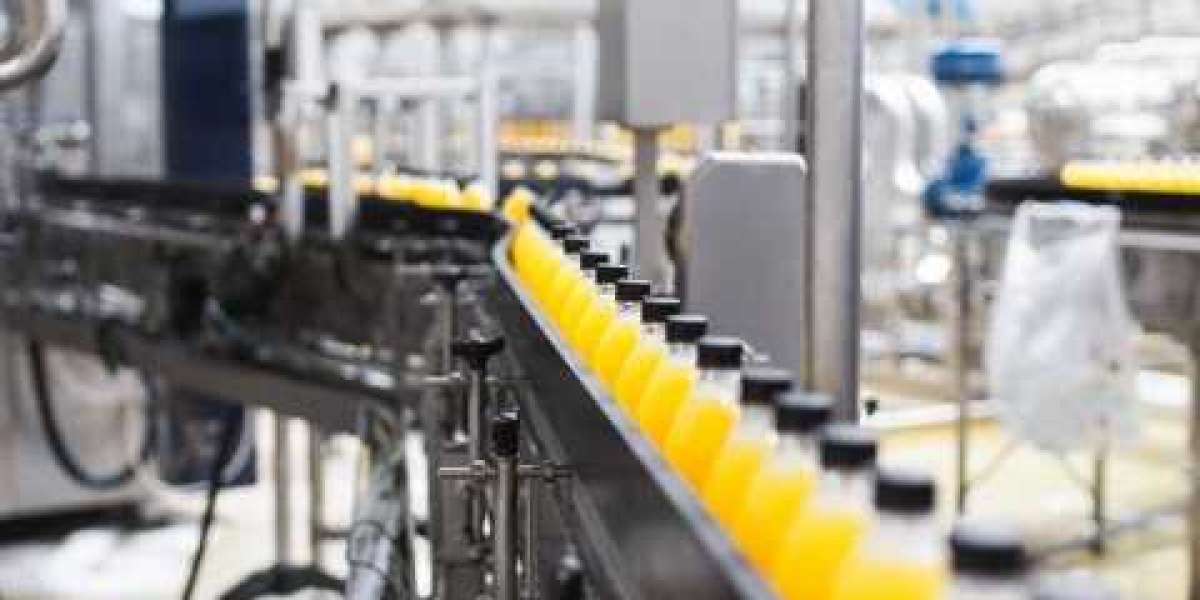Laboratory sinks play a crucial role in scientific research, experimentation, and various analytical processes. They are designed to facilitate efficient and safe handling of chemicals, specimens, and equipment while also providing ease of cleaning and maintenance. The choice of materials for laboratory sinks is a critical decision that takes into account factors such as chemical resistance, durability, cost-effectiveness, and overall suitability for the intended laboratory activities.
Laboratory sinks can be constructed from a variety of materials, each offering distinct advantages and disadvantages. The selection of the most appropriate material depends on the specific needs of the laboratory and the types of chemicals or substances that will come into contact with the sink. Some common materials used for laboratory sinks include stainless steel, epoxy resin, polypropylene, and ceramic.
Stainless Steel: Stainless steel is a widely used material inLaboratory sink,Lab sink sink construction due to its exceptional durability, corrosion resistance, and ease of maintenance. It is capable of withstanding exposure to a wide range of chemicals, making it suitable for laboratories that handle various acids, bases, and solvents. Stainless steel sinks are also heat-resistant, which is important for laboratories that conduct experiments involving elevated temperatures. Additionally, stainless steel is non-porous, reducing the risk of bacterial growth and contamination.
Epoxy Resin: Epoxy resin sinks are favored for their chemical resistance and ability to withstand highly corrosive substances. They are particularly well-suited for laboratories working with strong acids and bases, as well as reactive chemicals. Epoxy resin sinks are non-porous and offer a smooth, easy-to-clean surface that minimizes the retention of residues. However, they may be vulnerable to damage from heat and can develop cracks or discoloration over time if exposed to extreme temperatures.
Polypropylene: Polypropylene sinks are popular for laboratories on a tighter budget. They offer good resistance to many chemicals, making them suitable for basic laboratory applications. Polypropylene sinks are lightweight, easy to install, and have a relatively low cost compared to other materials. However, they may not be as durable as stainless steel or epoxy resin sinks and could be prone to scratching and staining.
Ceramic: Ceramic sinks provide a classic and aesthetically pleasing option for laboratories. They are highly resistant to chemicals and temperature variations, making them suitable for a wide range of laboratory activities. Ceramic sinks are also known for their durability and ability to maintain their appearance over time. However, they can be more susceptible to chipping or cracking if heavy objects are dropped into them.
In conclusion, laboratory sinks are constructed from various materials, each with its own set of advantages and limitations. The choice of material depends on factors such as the types of chemicals used in the laboratory, budget considerations, and the level of durability required. Stainless steel offers a balance of durability and resistance to a wide range of chemicals, making it a popular choice for many laboratories. Epoxy resin and polypropylene sinks provide specialized chemical resistance at different price points, while ceramic sinks offer a visually appealing option with good chemical and temperature resistance. When selecting a laboratory sink material, it is important to carefully assess the specific needs of the laboratory to ensure optimal performance, safety, and longevity.









